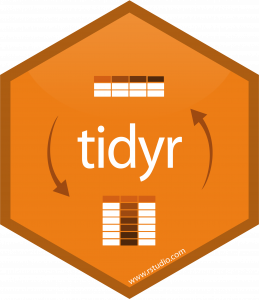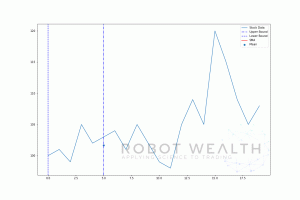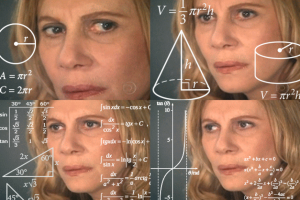
Working with Tidy Financial Data in tidyr
Holding data in a tidy format works wonders for one’s productivity. Here we will explore the tidyr package, which is

Holding data in a tidy format works wonders for one’s productivity. Here we will explore the tidyr package, which is

Anyone that’s been around the markets knows that the monthly release of the United States Department of Labor’s Non-Farm Payrolls

When you’re working with large universes of stock data you’ll come across a lot of challenges: Stocks pay dividends and

In today’s article, we are going to take a look at rolling and expanding windows. By the end of the

Working with modern APIs you will often have to wrangle with data in JSON format. This article presents some tools

In this post, we look at tools and functions from the field of digital signal processing. Can these tools be